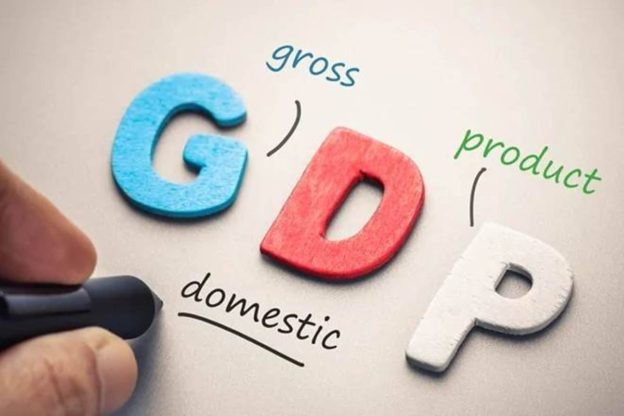- The Swiss bank said it expects activity levels to sequentially weaken further in May as most states extend mobility restrictions to flatten the curve thus adversely impacting real GDP growth in the June quarter
Economic activity slowed in April with an activity indicator developed by UBS averaging 95, down from 102 registered in March, a 7 percentage point dip. The Swiss bank said it expects activity levels to sequentially weaken further in May as most states extend mobility restrictions to flatten the curve thus adversely impacting real GDP growth in the June quarter.
“This compares with contraction of -12% month on month (MoM) and -25.5% MoM registered in March and April 2020 during the nation-wide lockdown. We note that the adverse impact on growth momentum is still much lower than in 2020, as restrictions are lighter than those in 2020 and households and businesses have adjusted to the ‘new normal’. While spending on essentials and precautionary items will continue, the recovery in high contact services consumption will get further delayed,” Tanvee Gupta Jain, economist at UBS Securities India Pvt Ltd said.
UBS leverages its Evidence Lab data on traffic congestion and other high-frequency data on electricity demand, passenger traffic, vehicle registration, e-way bill generation, unemployment levels, work demand under rural employment programme etc to gauge the impact of the rising covid-19 cases and ensuing restrictions on the wider economy.
According to the activity tracker, electricity demand and rail freight are still holding up while e-way bill generation for truck movements has dipped in April by 11%. Vehicle registration was down 28% in April with around 30-40% of sales are from dealerships operating in states that are under lockdown or strict restrictions. Domestic passenger traffic in airlines is one-third of the 2021 baseline while railway passenger traffic is down 40%. Labour force participation rate has been resilient so far. Unemployment rate in urban areas spiked up in April versus the 2021 baseline but remains manageable in rural areas. Demand for rural job guarantee scheme in April has not yet seen impact of reverse migration of labourers from urban centres. Bank credit growth remains muted at 5.3% while deposit growth remains strong at 10.9%. Traffic congestion data shows a fall across key cities due to mobility restrictions to combat covid-19 cases. According to the Google foot traffic indicators, average mobility in India is down 40% from the 2021 baseline with highest decline in retail & recreational stores.
While most forecasters have pinned their hope on faster inoculation to lift up economic activity, UBS said run-rate of vaccinations in India has slowed from 3.5 million doses per day in first half of April to 2.5 million doses per day in second half of April.
Jain said UBS’s base case is for vaccine production to remain at 2.5-3 million doses per day until end May, before beginning to ramp up to 6 million by November. “The next few weeks should show how the pulls and pushes around differential market pricing on vaccines pan out and supply actually ramps up. In our base case, we expect India to be able to inoculate 43% of the total population or 64% of adult population by end-December 2021,” she added.
The escalating coronavirus cases across the country crossing 4 lakh cases in a day has forced many states to announce localized lockdowns and night curfews which is expected to delay a strong recovery in domestic economic activity. Brickwork Ratings on Tuesday revised its FY22 economic growth projection for India to 9% from 11% estimated earlier holding that the earlier presumptions of a V-shaped economic recovery is unlikely as the deadly second wave of covid-19 has brought an abrupt halt to India’s nascent economic recovery from the pandemic. Rating agency Standard & Poor’s last week said a drawn-out covid-19 outbreak with daily cases setting new records will impede India’s economic recovery.





